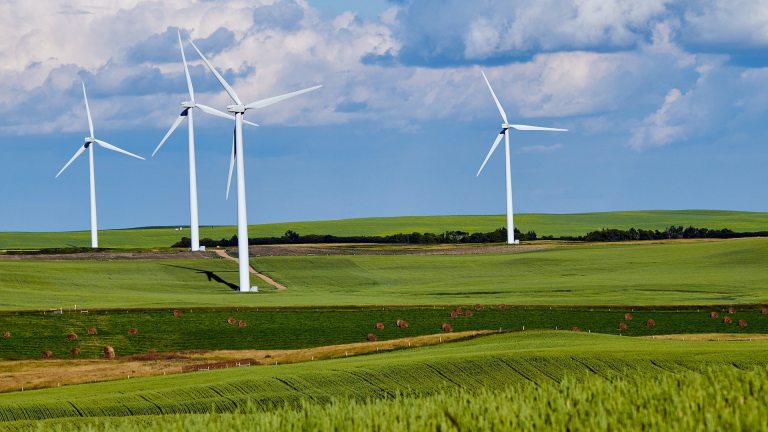In the 35 years since privatisation, water companies have glugged down £78bn in shareholder payouts while simultaneously drowning in a £60bn sea of debt. We were told privatisation would bring much-needed investment, but the opposite is true. Recent reports paint Thames Water as a company on a knife edge, neglecting crucial improvements to infrastructure with potentially deadly effects.
Privatised water represents the most unholy of business models. A natural monopoly that a handful of foreign billionaires have captured, then drained of cash and loaded with debt – all the while, bills go up, and sewage spews into our rivers and seas. This is the doom loop of water profiteering. Their thirst for profit will never be satisfied and customers have nowhere to go.
So what is the solution? Well, there has never been a better time to take water back into public ownership. Let’s stick with Thames, as they are the biggest and most precarious water company right now. The environment secretary Steve Reed could step in today and take control of the company with his powers of special administration. Tony Blair used the same powers in 2002 to renationalise the failing Railtrack, turning it into Network Rail.
The Treasury says Thames Water’s debt could be cut in half, and shareholders have already written off the company as worthless. Of course, it will take time to rebuild the ailing infrastructure, but we will be back in control. That means we can plug the holes in the system – physically and financially.
There’s a good reason that 90% of the world has water in public ownership: it works. In France publicly owned Eau de Paris has delivered lower bills, higher customer satisfaction levels, and an extra €89m (£73m) in network improvements last year.
But Thames Water is not an outlier. Southern Water’s credit rating has recently been downgraded to ‘junk’ too. If the government doesn’t act to protect us, we may all be gasping with thirst soon.
Advertising helps fund Big Issue’s mission to end poverty
Cat Hobbs is founder and director of We Own It.
Water privatisation in numbers
The Treasury initially raised £7.6bn when the water industry in England and Wales was privatised under Margaret Thatcher in 1989
Today, water companies in England and Wales are an estimated £60bn in debt
Thames Water alone owes £19bn
Water companies have paid out £78bn to shareholders in 35 years
Water companies in England and Wales were told to pay penalties of £157.6m in 2023-2024
Advertising helps fund Big Issue’s mission to end poverty
Over the last three years, Ofwat ordered £403m to be taken off customers’ bills due to poor performance
Ofwat has proposed an £88bn investment package for the next five years which aims to cut sewage spills by 44%
Scottish Water is publicly owned. A 2018 study found bills in England were 43% higher in real terms. In the same year, Scottish bills were 2% lower than when Scottish Water was formed in 2002.
Scottish bills will rise by £35.95 next year due to need for investment to prepare for climate change and population impacts, Scottish Water says
English and Welsh water bills are set to rise by an average of £19 per year until 2030, according to Ofwat. Water companies say it’s not enough
We Own It calculate that Thames Water’s bills will need to rise by £263 per household per yearto pay for its bailout
Advertising helps fund Big Issue’s mission to end poverty
90% of the world’s water is in public ownership
Do you have a story to tell or opinions to share about this? Get in touch and tell us more. This winter, you can make a lasting change on a vendor’s life. Buy a magazine from your local vendor in the street every week. If you can’t reach them, buy a Vendor Support Kit.





